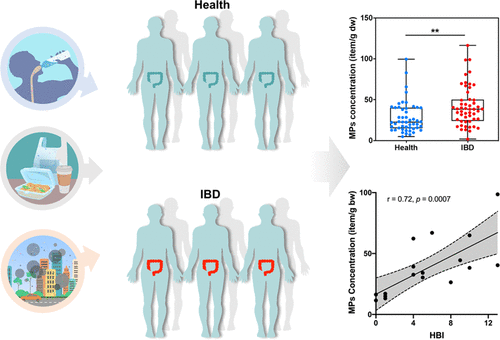U.S. Ranked Poorly in End-of-Life Care
/By Pat Anson, PNN Editor
The U.S. healthcare system barely gets a passing grade in caring for dying patients, ranking well behind most developed countries and even some third world nations, according to a new analysis of end-of-life care around the world.
The United Kingdom earned the highest ranking in the study, followed by Ireland, Taiwan, Australia, South Korea and Costa Rica, which all earned A grades. The U.S. earned a C grade, ranking 43rd of the 81 countries evaluated. Nigeria, Guatemala, Botswana, Romania, Mongolia and several other low-income countries had higher grades than the U.S.
“Many individuals in both the developed and developing world die very badly – not at their place of choice, without dignity, or compassion, with a limited understanding about their illness, after spending down much of their savings, and often with regret about their course of treatment. These things are very common,” lead author Eric Finkelstein, PhD, a palliative care expert and professor at Duke University’s Global Health Institute, said in a news release.
Top 10 Countries on Quality of Death Index
SOURCE: LIEN FOUNDATION
The study findings, recently published in the Journal of Pain and Symptom Management, are based on a survey of 181 palliative care experts around the world who were asked how well their own countries provided for the physical and emotional wellbeing of dying patients.
Over a dozen health factors were evaluated, including pain management, being treated kindly, affordability, spiritual and emotional needs, and providing patients with a clean and safe space. Treatments that address quality of life, rather than just extending life, were also an important consideration.
“Perhaps the main conclusion from this important exercise is that most people in the world die badly -- many through no treatment at all and many through excessive often futile treatment that increases suffering,” says Richard Smith, a palliative care expert and former editor of the British Medical Journal.
It’s no surprise that most developed countries with well-funded healthcare systems rated highly in end-of-life care, while poorer countries fared worse.
“The overwhelming need for palliative care is in low and middle-income countries, where less than a third of services exist,” said co-author Stephen Connor, executive director of the Worldwide Hospice Palliative Care Alliance.
The obvious exception to that is the United States’ lackluster rating. Researchers say that’s because healthcare decisions in the U.S. are often based on last-ditch efforts to extend life, rather than ensuring comfort and quality of life in a patient’s final days.
“We spend so much money trying to get people to live longer, but we don’t spend enough money in helping people die better,” says Finkelstein, who is also the director of the Lien Centre for Palliative Care at Duke-NUS.
The study was funded by the Lien Foundation, a Singapore-based nonprofit focused on improving quality of life. Previous surveys of palliative care experts by the foundation ranked the U.S. 9th on the “Quality of Death” index in 2010 and in 2015.
Finkelstein says the covid pandemic has opened a window into end-of-life care, with millions of patients spending their dying moments alone, often separated from their families and without emotional support.
“Generally, people don’t talk about death. COVID has made it less taboo. We have an opportunity to continue this discussion and not just help COVID patients, but to help everyone have a better end-of-life experience,” he said.
Finkelstein hopes the study will spur action from policymakers to improve conditions for dying patients, such as loosening restrictions on pain medication. A recent study in Oregon found that overzealous enforcement of opioid guidelines led to a significant decrease in opioid prescribing to patients being admitted to hospice, resulting in some terminally ill patients suffering needlessly.
Finkelstein urges people to ensure a better end-of-life experience for themselves and their loved ones by making an end-of-life plan and discussing it with family and friends.
“Do an advanced care plan or at least express your wishes to friends and family,” Finkelstein says. “Don’t wait. By the time you fall ill, it may be too late and folks may not know what you want.”















